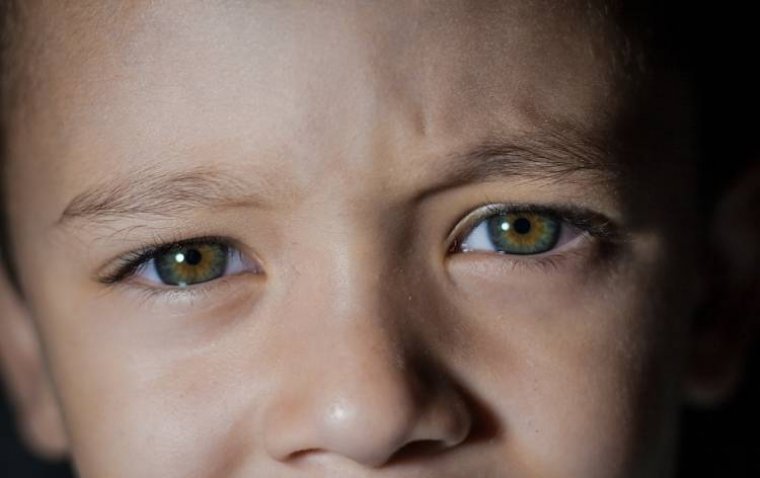
Low-Dose Atropine Eye Drops No Better Than Placebo for Myopia Progression
According to the National Eye Institute (NEI), a trial conducted by the Pediatric Eye Disease Investigator Group (PEDIG) and funded by the NEI revealed that the use of low-dose atropine eye drops (concentration 0.01%) did not demonstrate superiority over a placebo in slowing myopia progression and elongation of the eye among children treated for 2 years.
The results of this trial were published in JAMA Ophthalmology.
The NEI stated that these findings contradict results from recent trials, primarily conducted in East Asia, which indicated a beneficial effect of 0.01% atropine in slowing myopia.
“The overall mixed results on low-dose atropine show us we need more research. Would a different dose be more effective in a US population? Would combining atropine with other strategies have a synergistic effect? Could we develop other approaches to treatment or prevention based on a better understanding of what causes myopia progression?” Michael F. Chiang, MD, director of the NEI, which is part of the National Institutes of Health, said in an NEI news release.
For many years, pediatric eye doctors have utilized higher concentrations of atropine eyedrops (0.5-1.0%) to effectively slow myopia progression. However, these doses often result in light sensitivity and blurry near vision when the eye drops are applied at night. Consequently, there is a growing interest in conducting clinical studies to evaluate lower concentrations that have demonstrated fewer side effects.
“The absence of a treatment benefit in our U.S.-based study, compared with East Asian studies, may reflect racial differences in atropine response. The study enrolled fewer Asian children, whose myopia progresses more quickly, and included Black children, whose myopia progresses less quickly compared with other races,” noted the study’s lead co-author, said Michael X. Repka, MD, professor of ophthalmology, Johns Hopkins University.
In the study, a total of 187 children aged 5 to 12 years with low-to-moderate bilateral myopia were enrolled. These participants were randomly assigned to two groups: 125 children received nightly atropine (0.01%) eye drops, while 62 children received placebo eye drops. Throughout the 2-year duration of the study, the group assignments remained concealed from the participants, their parents, and the eye care providers. The study was conducted at 12 different research center sites across the United States.
At the conclusion of the treatment period and after a follow-up period of 6 months, no statistically significant differences were observed between the two groups regarding changes in the degree of myopia compared to the baseline measurements. Similarly, there were no significant differences in axial length within each group when compared to the baseline measurements.
“It's possible that a different concentration of atropine is needed for U.S. children to experience a benefit,” noted the study’s other lead co-author, Katherine K. Weise, OD, professor, University of Alabama at Birmingham. “Clinical researchers could evaluate new pharmaceuticals and special wavelengths of light in combination with optical strategies, like special glasses or contact lenses, to see what works in reducing the progression of myopia.”
In children, approximately 50% of individuals will experience stabilization of myopia around the age of 16 years. As they grow older, an increasingly larger percentage will also reach a point of stability. By the early twenties, approximately 10% of individuals with myopia may still exhibit further nearsightedness progression. However, by the age of 24 years, this percentage decreases to 4%.
“Vision scientists may help us figure out what’s different about the myopic eye, even among different races and ethnicities, to help create new treatment strategies,” Dr. Weise said. It will take a real convergence of eye research to solve the environmental, genetic, and structural mystery of myopia.”
Reference
Repka MX, Weise KK, Chandler DL, Wu R, Melia BM, Manny RE, Kehler LAF, Jordan CO, Raghuram A, Summers AI, Lee KA, Petersen DB, Erzurum SA, Pang Y, Lenhart PD, Ticho BH, Beck RW, Kraker RT, Holmes JM, Cotter SA, on behalf of the Pediatric Eye Disease Investigator Group. “Randomized trial of low-dose atropine eyedrops for myopia control”, published July 13, 2023 in JAMA Ophthalmology. doi:10.1001/jamaophthalmol.2023.2855
(1).jpg)










